Transformers
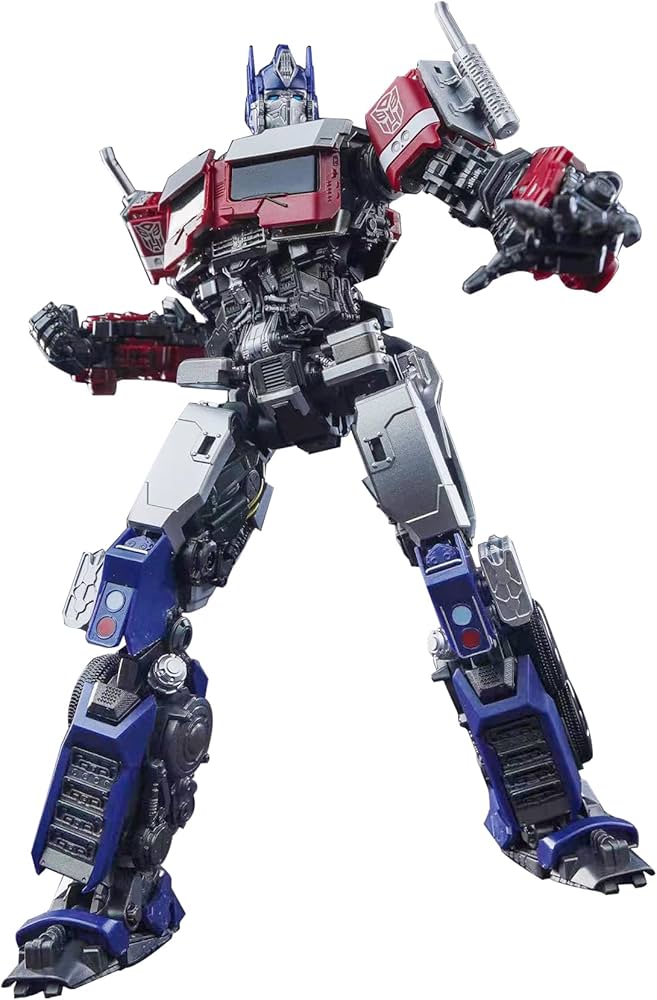
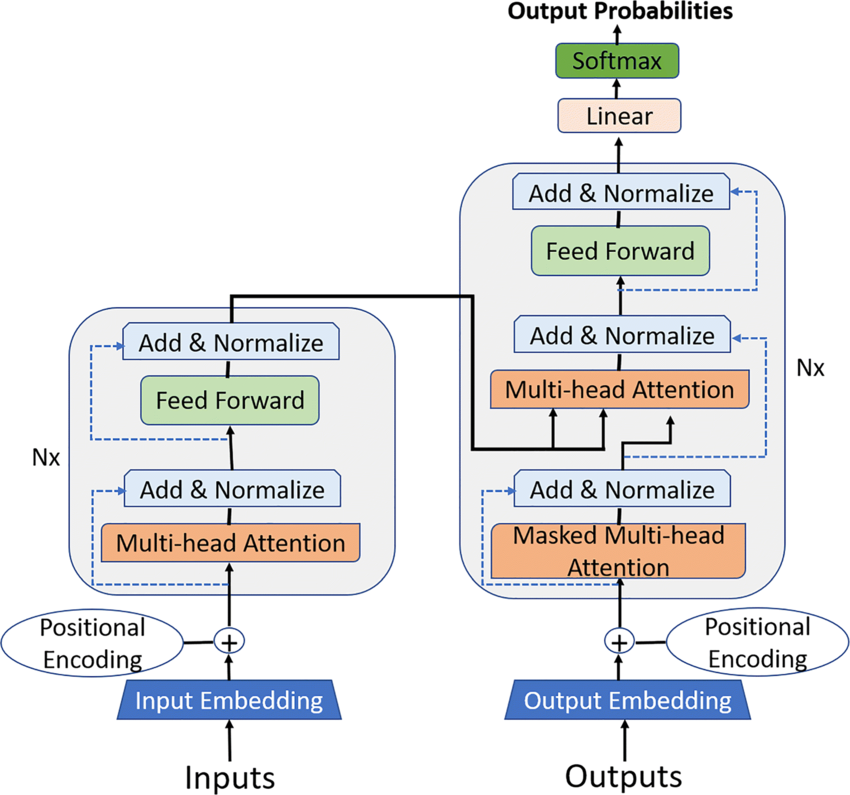
Transformers
- Introduced in 2017
- Originally intended for NLP tasks such as:
- Machine translation
- Text summarisation
- Question answering
- Sentinment analysis
- Language modelling
- Now has applications in nearly every ML domain
The before times, a quick recap
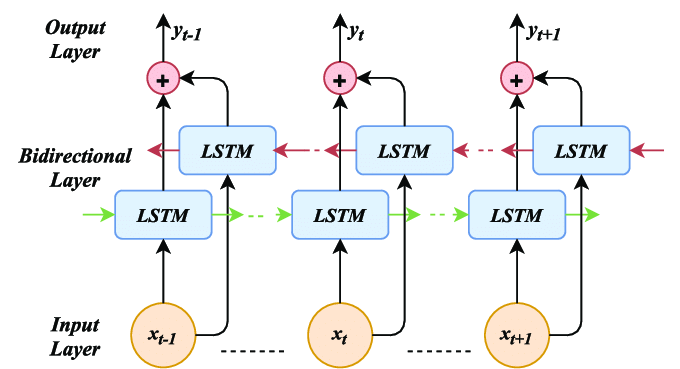
- RNNs, LSTMs, and GRUs for modelling sequential data
- Introduced for NLP and then used in other domains
- Relies on sequential nature of data to extract meangings
- Requires purposeful and meanginful embeddings
Persistant issues

- Long sequences presented challenges - vanishing/exploding gradients
- Bidirectionality helped, but increased complexity and not suitable for every task
- Hard to parallelise, slow to train, tends to overfit
- Black box interpretability, lots of internal components
Transformers fundamentals

Two-part network with an encoder to generate representations of the embdedded data, and a decoder to generate the output sequence
Combines:
- Input embeddings
- Positional encoding
- Multi-head self attention
- Layer normalisation and residual connections
- Feed-forward neural networks
- Stacked layers
- Output layer
Does not process inputs sequentially, so training and inference can be done in parallel
This allows for much longer sequences to be processed without fear of degradation
The primary innovations
- Self-attention
- Calculates weights for every word in a sentence as they relate to every other word in the input
- Uses three linear transformations (query, key, value) and a softmax function, maintaining input dimensionality
- Can learn the rules of grammar based on statistical probabilities of how words are typically used
- Parallel weighing of the importance of different input elements relevance to each other=
- Using multiple heads allows for each head to learn different features
\[ Attention(Q,K,V) = (\frac{Q . K^T}{\sqrt(d_k)}) . V \] \[ MultiHeadAttn(Q,K,V) = (head_1,...,head_H)W^O \] \[ where \] \[ head_i = Attention(QW^Q_i,KW^K_i,VW^V_i) \]
The primary innovations
- Positional encoding
- Order of words in relations to others is important
- Need to encode this - must be unique, consistent distance between positions, deterministic, generalise to longer sentences
- D-dimensional vector containing information about a specific position in a sentence
- Sinusoidal function employed to calculate the encoding that isn’t integrated with the model itself
\[ PE(pos,2i) = sin sin (\frac{pos}{10000^\frac{2i}{d_{model}}}) \]
\[ PE(pos,2i + 1) = cos (\frac{pos}{10000^\frac{2i}{d_{model}}}) \]
A quick graphical overview
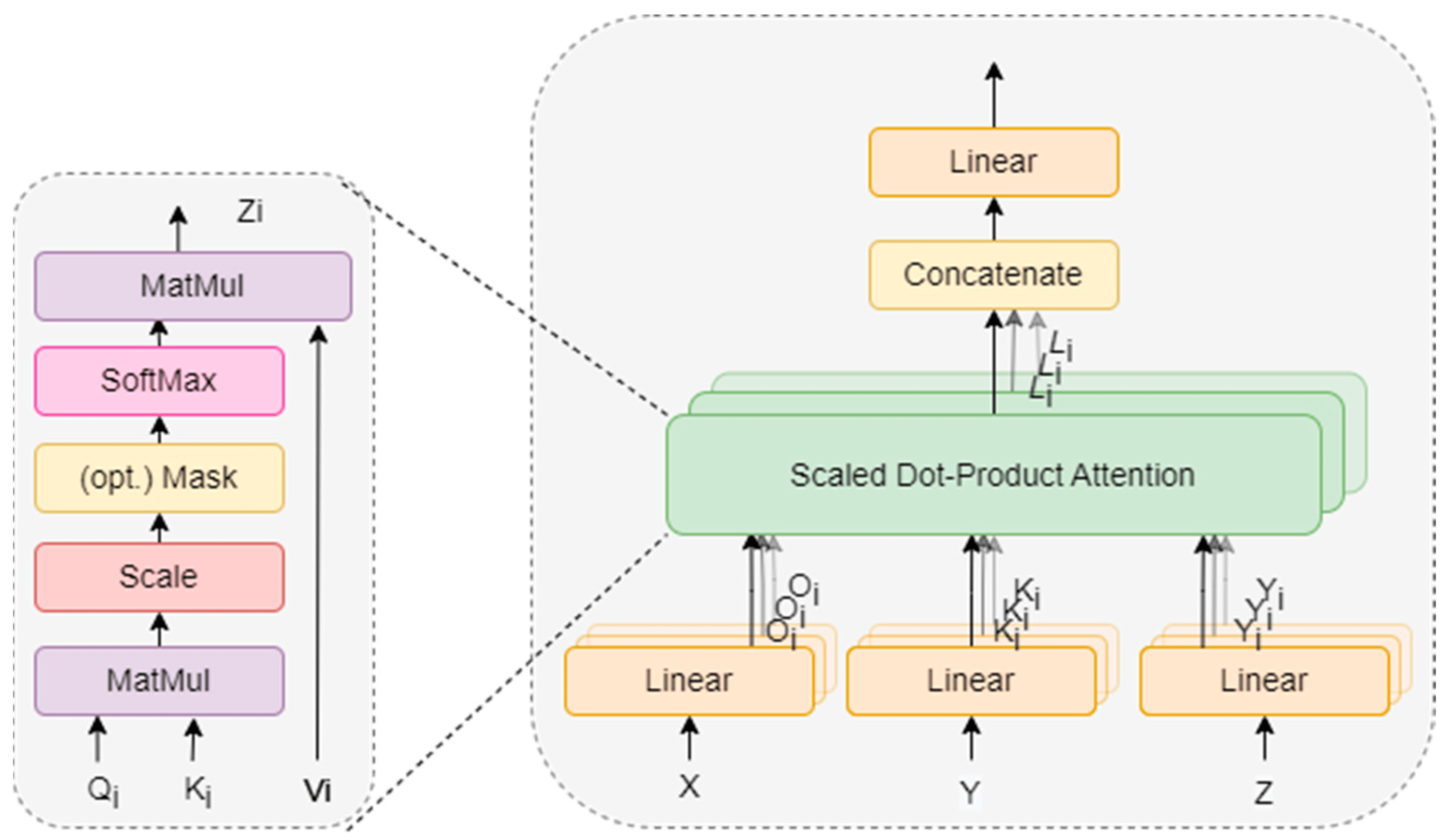
Applications
- NLP
- Computer Vision
- Multi-modality
- Audio & Speech processing
- Signal processing
- Robotics & Reinforcement learning
- Biological sequence analysis
- Pre-trained models
Any interesting tasks specifically people have heard of?
What tasks allow for encoders and decoders to be used separately?
Developments beyond the original transformer
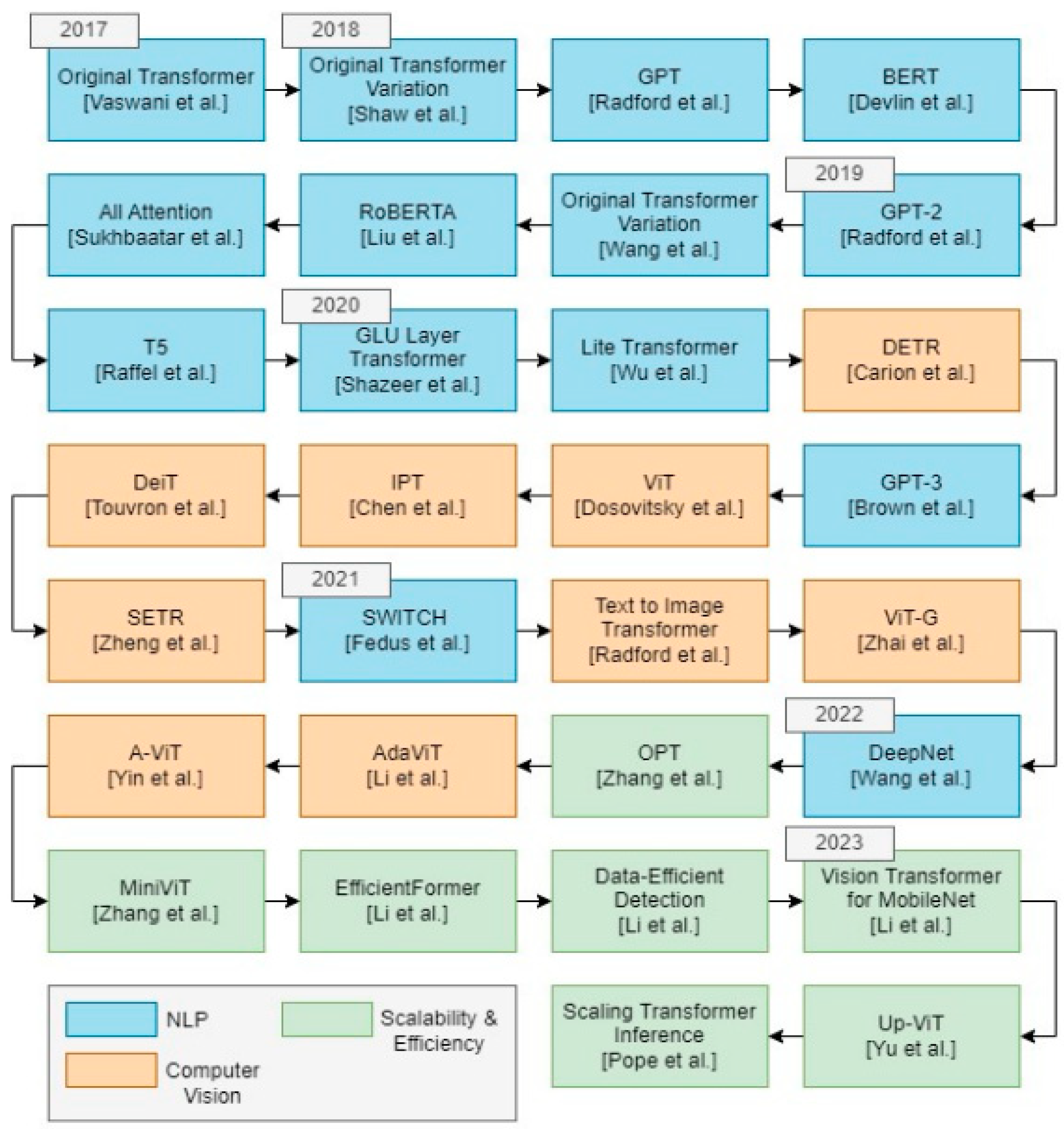
A zoom in: Text-video embedding in a challenging data space
Paper proposes a Mixture-of-Embedding-Experts (MEE) model that learns a joint text-video embedding.
Handles heterogenous data and missing input modalities during training and testing.
- Model learns to combine multiple input streams of video descriptors and textual input to compute a similarity score
- Handles appearance, motion, sound,
facial descriptors - Gated embedding module to transform the
input features into a new feature space - Videos augmented with COCO images
- Outperforms SATA on multiple datasets
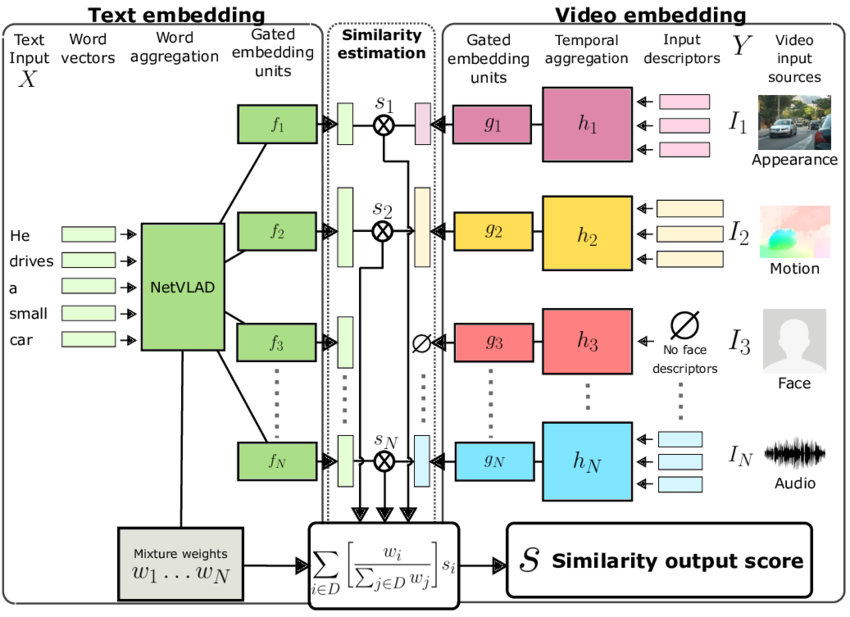
A zoom in: Token Merging (ToMe)

Vision Transformers (ViTs) are specifically designed for computer vision tasks.
Key components include:
- Patch embedding - fixed-size patches linearly embdeed into a vector
- Positional embeddings - added to each patch to preserve spatial information
- Transformer encoder - Fed into standard encoder, no decoder interaction
- Classification token - learnt token added to the sequence with the encoder output used as input to the final classification head
ViTs are more efficient than CNNs, especially for larger images. Self-attention captures global information and contextual relationships between patches. Higher capacity than CNNs
A zoom in: Token Merging (ToMe) continued
Paper looks at improving throughput of ViT models without retraining, by gradually combining similar tokens using a fast and lightweight matching algorithm. Evaluated on ImageNet-1K and Kinetics-400 datasets.
- 98% of tokens are gradually removed, reducing computational cost
- Works across images, videos, and audio
- Achieves speedup of up to 3x without sacrifing accuracy
- Outpeforms prior token pruning methods
Limitations and open problems
- Transformers have quadratic computational and memory complexities due to modelling arbitrarily long dependencies
- SATA models simply aim to increase model size, making many real-world applications impractical
- Problem integrating all modalities without specialising the architecture towards a single one
- Still a large reliance of huge volumes of labelled training data, ViT-G has employed few-shot learning on ImageNet